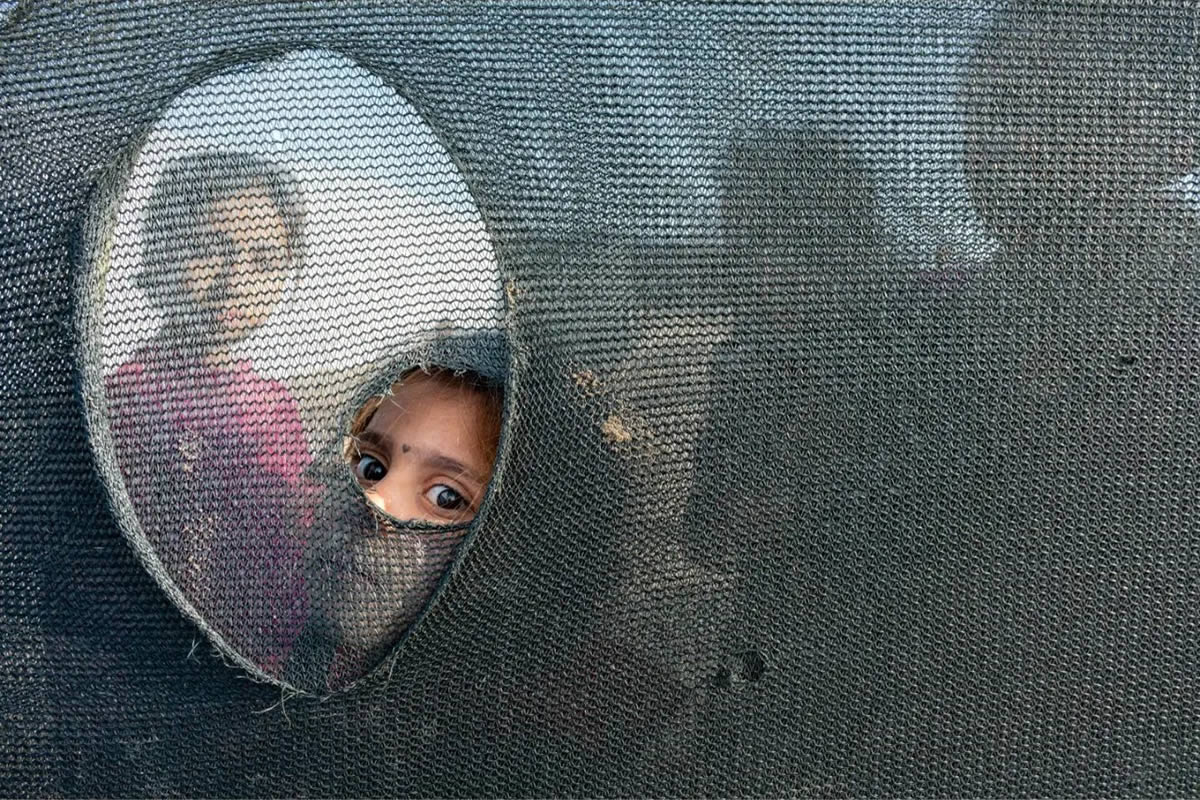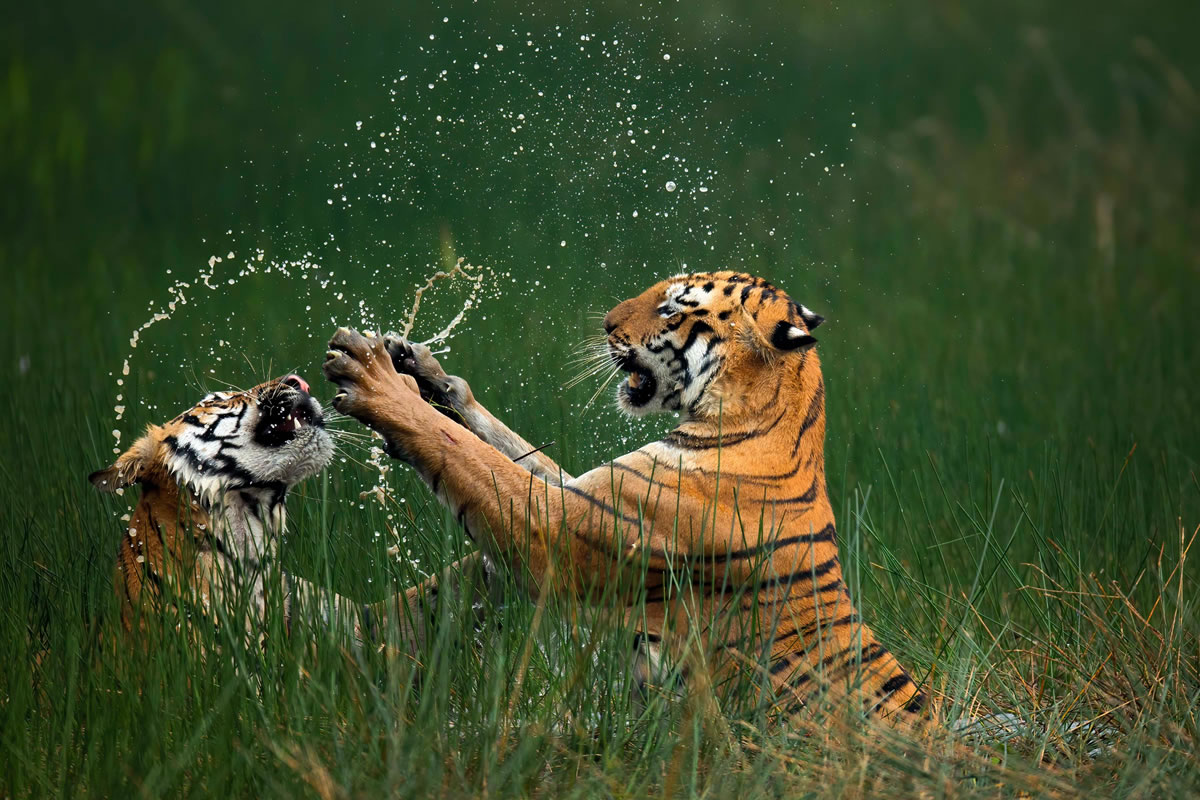Street photography requires lenses that can capture candid moments, adapt to various lighting conditions, and offer versatility in framing. Choosing the right lens can significantly impact the quality and style of your street photography, from wide scenes capturing city life to close-up portraits of strangers. This article covers five essential lenses for street photography and provides insights on when and where to use each one.
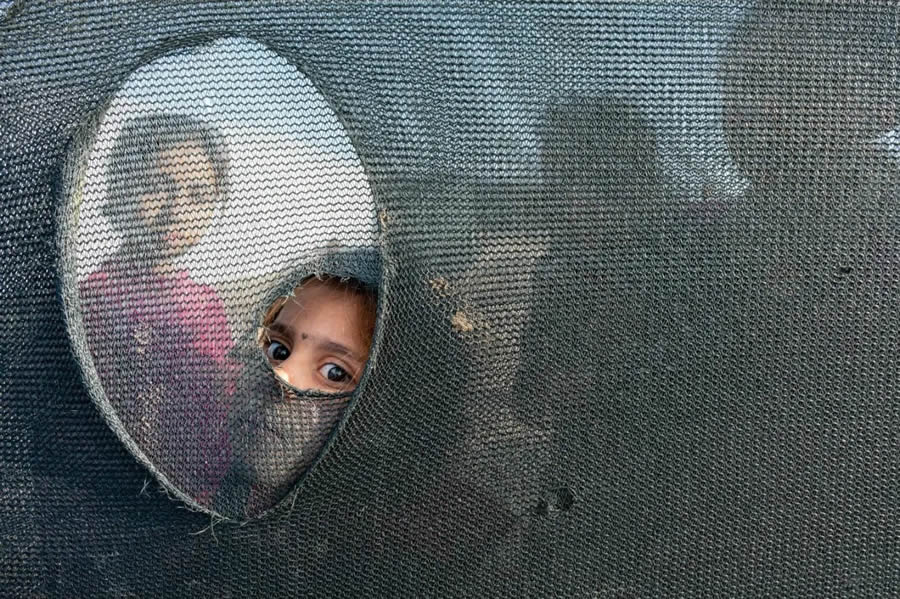
Photo by: Rana Öztürk
#1. 35mm Prime Lens – The Classic Street Photography Lens
Why It’s Ideal: The 35mm lens is a favorite among street photographers for its ability to capture scenes similar to what the human eye naturally sees. This lens provides a balanced perspective, making it ideal for capturing people and environments without heavy distortion.
When to Use It:
- Everyday Street Scenes: The 35mm lens excels at capturing spontaneous, everyday moments. Its wide frame includes enough context to tell a story while keeping subjects recognizable and clear.
- Busy, Crowded Environments: In bustling markets or busy streets, the 35mm lens allows you to capture people without getting too close, preserving a sense of candid authenticity.
Example:
Imagine you’re at a lively street fair. With a 35mm lens, you can photograph a vendor serving food, with passersby and colorful stalls in the background, all captured in a single, coherent shot that conveys the atmosphere of the event.
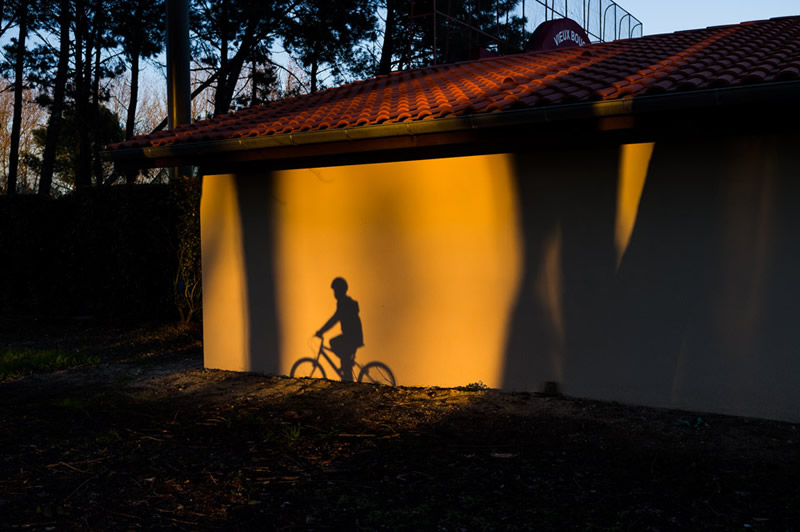
Photo by: Jontxu Fernandez
#2. 50mm Prime Lens – The All-Around Performer
Why It’s Ideal: Often called the “nifty fifty,” the 50mm lens is versatile and lightweight. It offers a natural perspective similar to the 35mm but provides a slightly tighter crop, which can be useful for isolating subjects.
When to Use It:
- Portraits in the Street: The 50mm lens is great for capturing natural portraits without heavy distortion, allowing you to get a bit closer to your subject while maintaining sharpness.
- Low-Light Conditions: With a wide aperture (often f/1.8 or wider), the 50mm lens is excellent for low-light street scenes, such as early mornings or evenings, where other lenses might struggle.
Example:
You’re photographing an artist painting on the street in the early evening. The 50mm’s wide aperture helps you capture the artist with a soft background blur, focusing attention on them and creating an intimate portrait that’s perfect for storytelling.
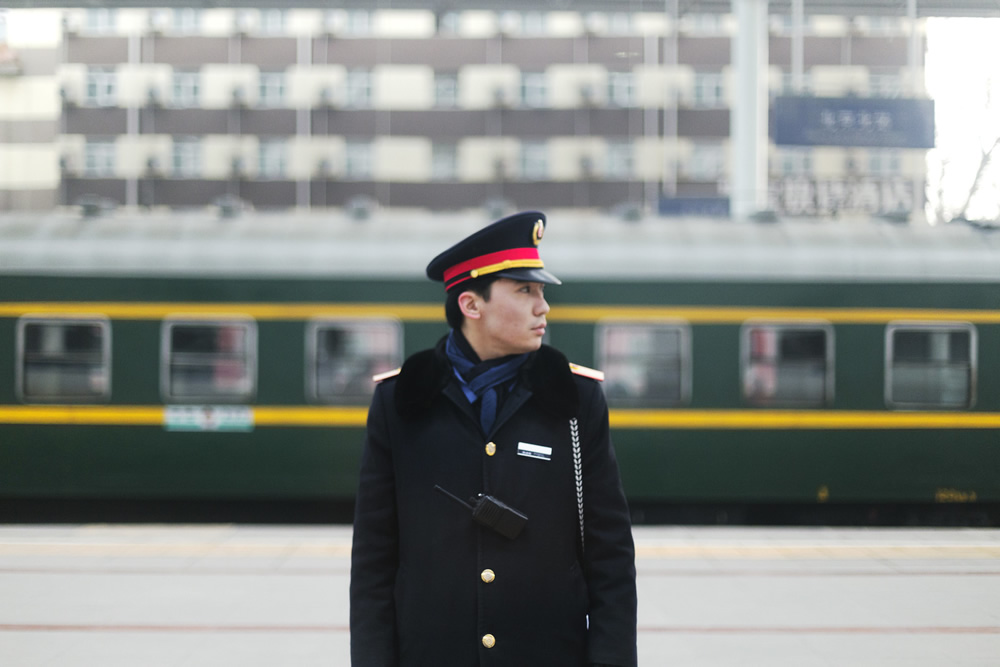
Photo by: Siddharthan Raman
#3. 85mm Prime Lens – Ideal for Capturing Details from a Distance
Why It’s Ideal: The 85mm lens allows you to photograph people and details from a greater distance, making it a useful choice for capturing candid moments without intruding on personal space. Its compression effect adds a layer of visual depth, making backgrounds appear closer to the subject.
When to Use It:
- Candid Portraits: The 85mm lens is ideal for candid street portraits where you want to maintain a respectful distance. The distance helps put people at ease, allowing for more natural, unposed expressions.
- Detailed Shots from Afar: This lens is useful for capturing architectural details, signage, or street art from a distance without having to get physically close to the subject.
Example:
In a crowded park, you spot an elderly man reading a newspaper on a bench. The 85mm lens allows you to capture this serene moment from a distance, with a soft background that draws the viewer’s focus directly to the subject’s peaceful expression.
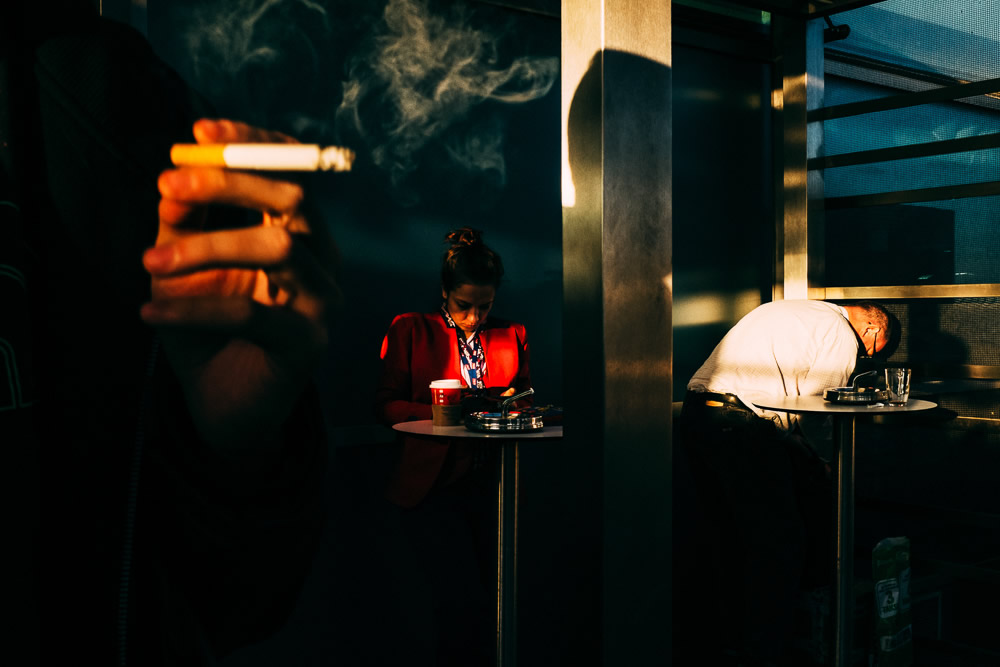
Photo by: Giacomo Vesprini
#4. 24mm Wide-Angle Lens – Perfect for Capturing Expansive Street Scenes
Why It’s Ideal: The 24mm lens is a wide-angle lens that offers a broader field of view, making it great for capturing large, bustling scenes filled with people, buildings, and other street elements. It emphasizes the sense of space, making viewers feel immersed in the environment.
When to Use It:
- Cityscapes and Architecture: The 24mm lens is perfect for shooting street architecture or cityscapes, as it captures entire buildings or vast urban landscapes in one shot.
- Action Shots in Crowded Areas: This lens allows you to capture multiple subjects in the same frame, adding a sense of dynamism and energy to your photos.
Example:
You’re exploring a vibrant street market, with colorful stalls and crowds. The 24mm lens captures the entire scene, from the stall in the foreground to the hustle and bustle in the background, creating an image that feels immersive and full of life.
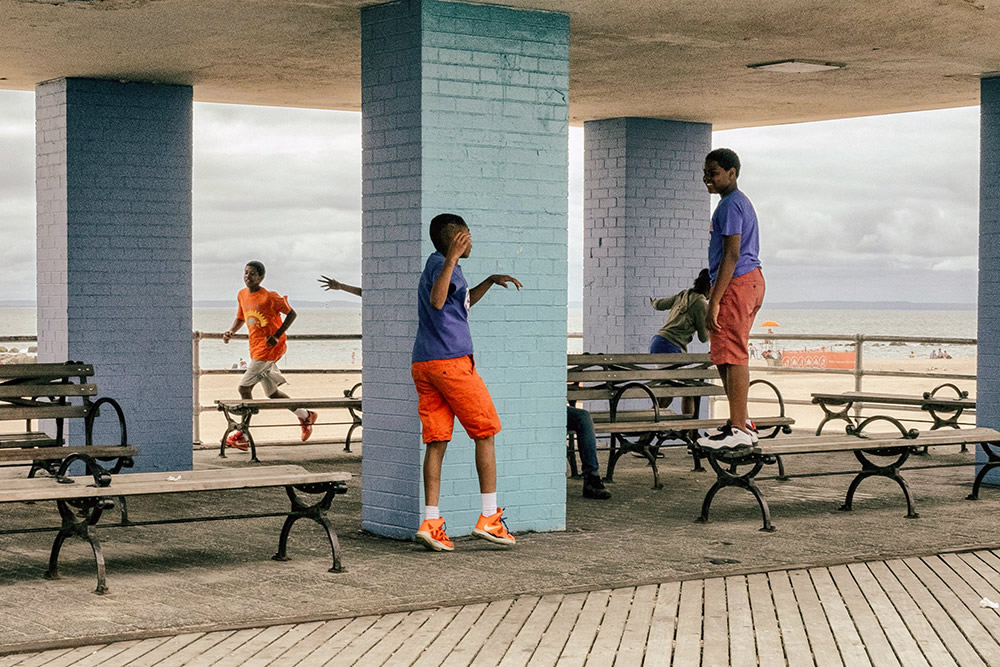
Photo by: Ronen Berka
#5. 70-200mm Telephoto Zoom Lens – The Long-Range Storyteller
Why It’s Ideal: The 70-200mm lens provides flexibility with its zoom capabilities, allowing you to capture distant subjects without having to physically move. This is especially useful for candid photography or when you want to capture specific details from afar.
When to Use It:
- Photographing from a Distance: The 70-200mm is useful when you’re photographing in areas where getting close to your subject is challenging or inappropriate, such as protests, public performances, or events.
- Isolating Subjects: This lens excels at isolating subjects in crowded places, creating a narrow field of view that keeps your subject in sharp focus while blurring out the background.
Example:
At an outdoor concert, you use the 70-200mm to capture a musician on stage from a distance. The lens compresses the background and brings the artist into focus, creating a clear, impactful image that stands out amid the crowd.
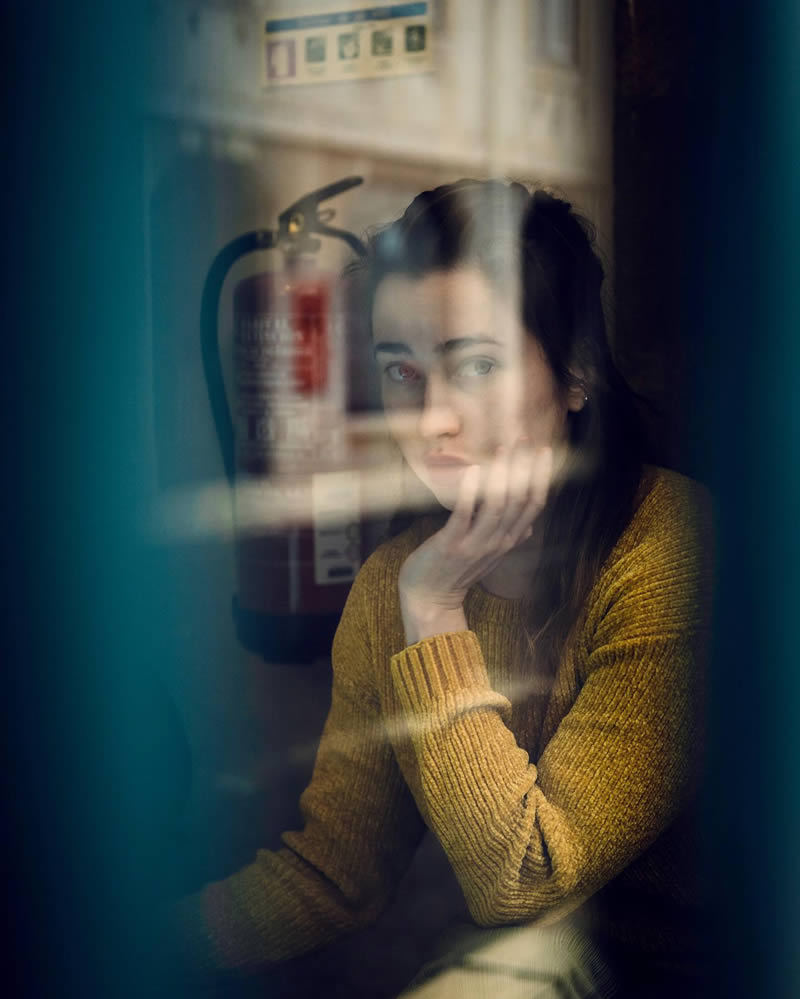
Photo by: Paola Franqui
Choosing the Right Lens for Your Street Photography Style
Each of these lenses has unique qualities that can enhance your street photography, depending on your creative goals and environment. Here’s a quick summary:
- 35mm: For general street scenes, wide enough to capture context.
- 50mm: A versatile lens for natural portraits and low-light conditions.
- 85mm: Perfect for candid portraits and detailed shots from a distance.
- 24mm: Ideal for immersive street scenes and architecture.
- 70-200mm: Excellent for photographing from a distance and isolating subjects.
Experimenting with different lenses can help you discover your personal style and bring your street photography to life. Whether you’re capturing bustling city streets or quiet moments on a park bench, the right lens can make all the difference in telling your story.

